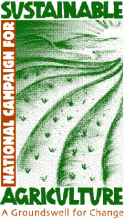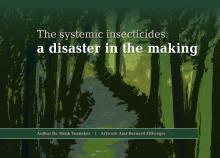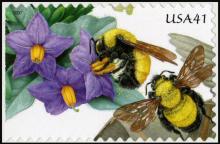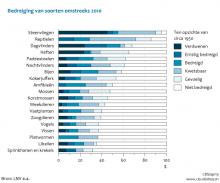We zouden moeten uitgroeien tot een wereldleider in duurzame alternatieven voor schadelijke pesticiden
De Europese Unie is op 1 december 2013 moedig begonnen met een verbod van twee jaar op bepaalde toepassingen van drie neonicotinoide pesticiden die schadelijk voor honingbijen en andere bestuivers zijn. Het Europese verbod gaat over neuroactieve insecticiden die in hun werking vergelijkbaar zijn met nicotine. De bekende gevolgen voor bijen variëren van negatieve beinvloeding van foerageergedrag en navigatie (die hun vermogen om gewassen te bestuiven vermindert) tot de dood. Bestuivers zijn essentieel voor onze voedselvoorziening en landbouweconomie. Ze zorgen voor meer dan een derde van het voedsel dat we eten, verbeteren de productie van 75 procent van alle soorten gewassen, en zijn essentieel voor talrijke gewassen, zoals amandelen, avocado's, appels en kersen. Maar we moeten veel meer doen, en uitgroeien tot een wereldleider in duurzame alternatieven voor schadelijke pesticiden.










